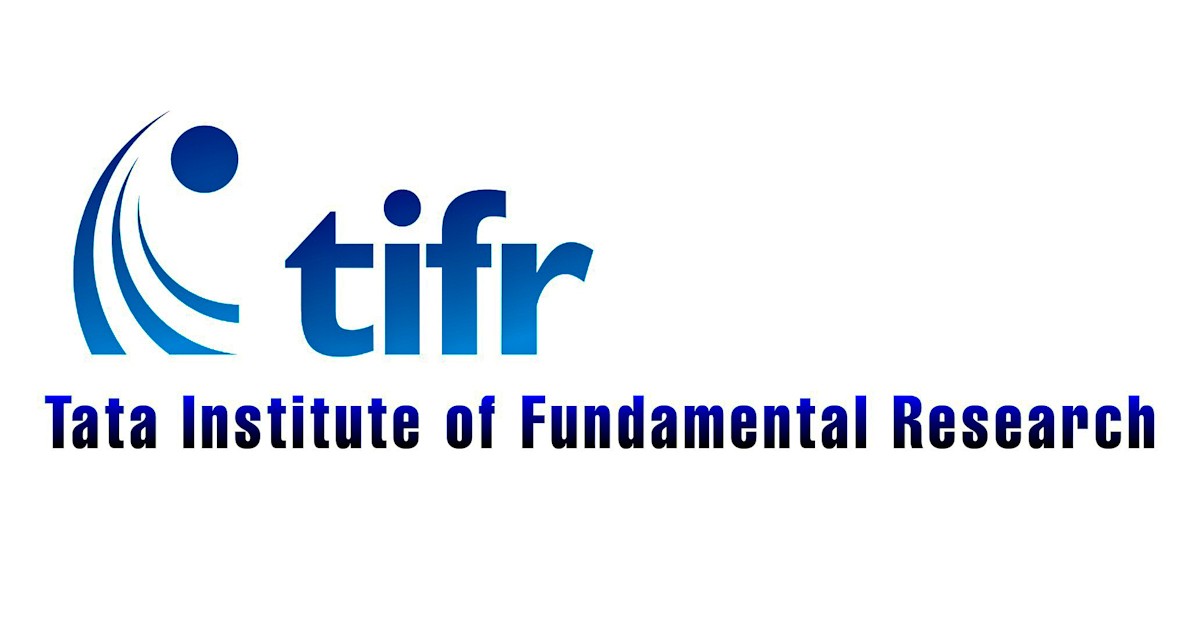The Circle of Life: Understanding Food Chains and Webs
In the complex web of nature, each organism has a specific role. Together, they form a connected system that helps sustain life on Earth. Whether you’re a student, a curious mind, or just someone keen on learning about our natural world, understanding the difference between food chains and food webs is essential for grasping how ecosystems function. In this article, we’ll unravel these concepts, making them easy to grasp and appreciate.
What is a Food Chain?
Imagine a simple, straight line of organisms, each one feeding on the one before it. This is a food chain—a linear sequence that illustrates how energy and nutrients flow through an ecosystem.
Key Components of a Food Chain
- Producers: These are typically plants or algae that produce their own food through photosynthesis. They serve as the foundation of the food chain by transforming sunlight into energy.
- Primary Consumers: These herbivores feed on the producers.They gain energy by consuming plants or algae.
- Secondary Consumers: These organisms eat the primary consumers. They are often carnivores or omnivores that feed on herbivores.
- Tertiary Consumers: At the top of the food chain, these predators eat secondary consumers. They are often referred to as apex predators because they have few or no natural predators of their own.
- Decomposers: Although not always included in the chain, decomposers like fungi and bacteria break down dead organisms, recycling nutrients back into the ecosystem.
An Example of a Food Chain
Let’s use a simple example to illustrate: Grass → Grasshopper → Frog → Snake → Hawk. In this chain:
- Grass is the producer.
- Grasshopper is the primary consumer.
- Frog is the secondary consumer.
- Snake is the tertiary consumer.
- Hawk is the apex predator.
This sequence shows a clear pathway of energy transfer from one organism to another.
What is a Food Web?
Now, let’s delve into the more complex structure of a food web. Unlike a food chain, which is linear, a food web is a network of interconnected food chains. It illustrates the multiple pathways through which energy and nutrients flow within an ecosystem.
Key Features of a Food Web
- Interconnected Chains: A food web consists of numerous food chains that overlap and connect, creating a complex network. This interconnectedness shows the various feeding relationships between different organisms.
- Diverse Diets: Many organisms have varied diets and can be part of multiple food chains. For instance, a raccoon might eat insects, fruits, and small animals, making it a part of several food chains within a food web.
- Ecosystem Stability: Food webs help ecosystems maintain balance. The complexity of these networks means that if one species is removed or declines, other organisms may be able to fill its role or adjust their diets, which helps stabilize the ecosystem.
Healthy Habits for Computer Users | Maya (mayathevoice.com)
An Example of a Food Web
Consider a temperate forest ecosystem:
- Producers: Trees, shrubs, and grasses.
- Primary Consumers: Deer, insects, and rabbits.
- Secondary Consumers: Foxes, birds of prey.
- Tertiary Consumers: Wolves, eagles.
In this web, deer might graze on grasses, insects might feed on leaves, and foxes could eat both insects and small mammals. Birds of prey might hunt the same mammals that foxes eat. This interconnected network shows how changes in one part of the web can impact many other parts.
Difference Between Food Chains and Food Webs
Understanding the distinction between food chains and food webs is crucial for grasping the complexity of ecological systems. Here’s a breakdown of the key differences:
1. Structure
- Food Chain: Linear and straight forward. It depicts a single path of energy flow from one organism to another.
- Food Web: Complex and interconnected. It shows multiple paths and relationships, illustrating the many ways organisms interact with one another.
2. Complexity
- Food Chain: Simplified view of feeding relationships. It often represents just one way energy flows through an ecosystem.
- Food Web: Detailed and realistic. It reflects the true complexity of nature, where organisms have varied diets and interact with multiple species.
3. Resilience
- Food Chain: Less resilient to changes. Disruption in one link can have a direct impact on the following links.
- Food Web: More resilient. The interconnectedness allows for alternative pathways, which helps the ecosystem recover from disturbances.
4. Focus
- Food Chain: Focuses on the direct feeding relationships between organisms.
- Food Web: Focuses on the overall network of interactions, including indirect relationships and the complexity of the ecosystem.
Why It Matters
Understanding the difference between food chains and food webs enhances our appreciation of ecological balance. For example:
- Ecosystem Management: Conservationists use knowledge of food webs to manage and protect ecosystems more effectively. Disruptions in a food web can have cascading effects, so preserving complex networks helps maintain ecosystem health.
- Environmental Impact: Recognizing the interconnectedness of food webs can highlight the impact of human activities, such as pollution or habitat destruction, on various species and their interactions.
- Education: Teaching about food chains and food webs helps students and the public grasp fundamental ecological concepts, fostering a deeper respect for nature.
In summary, while food chains offer a clear, linear view of how energy flows through an ecosystem, food webs provide a richer, more detailed picture of the complex interactions between organisms. Understanding both concepts helps us appreciate the delicate balance of nature and the importance of preserving our planet’s biodiversity.



